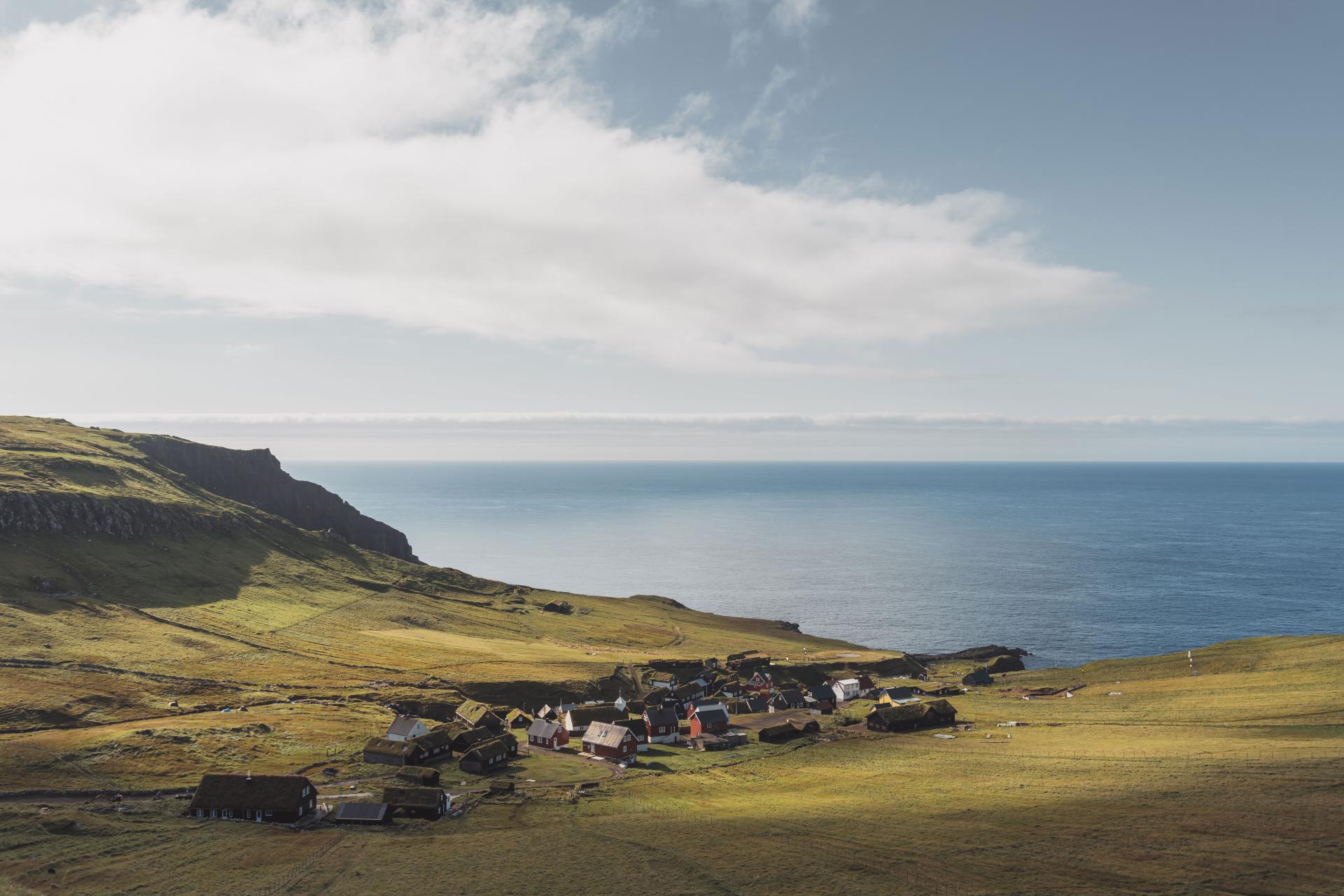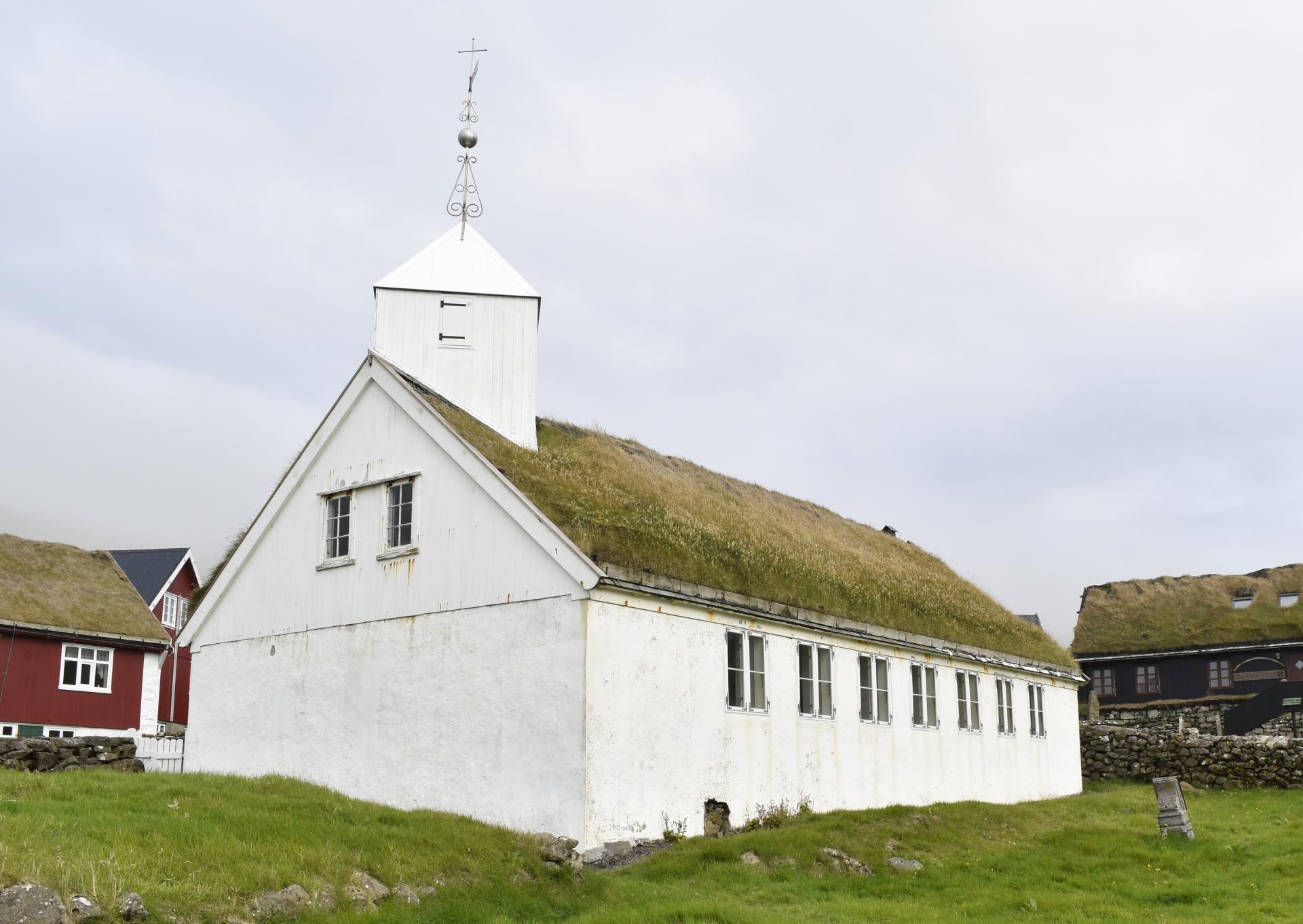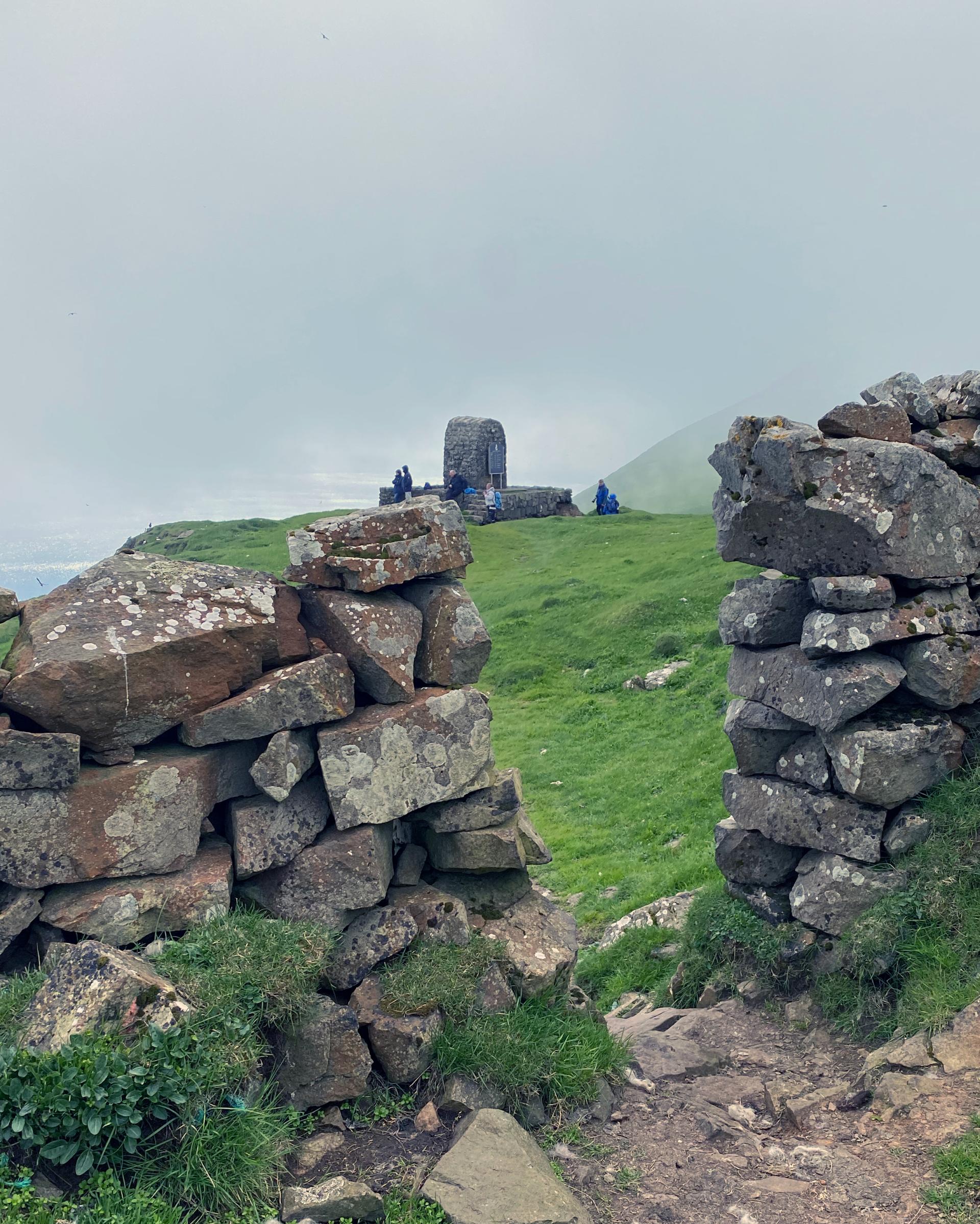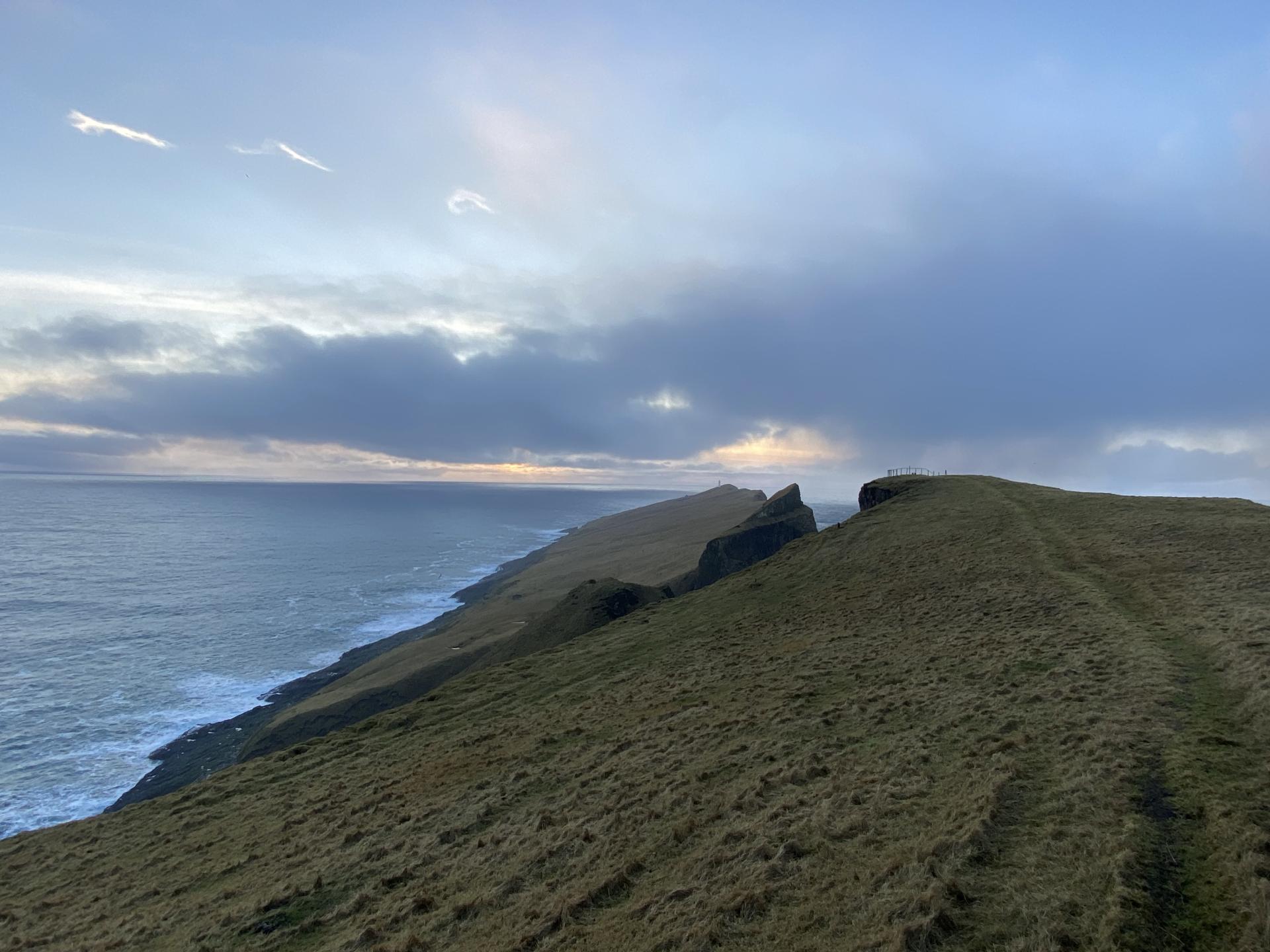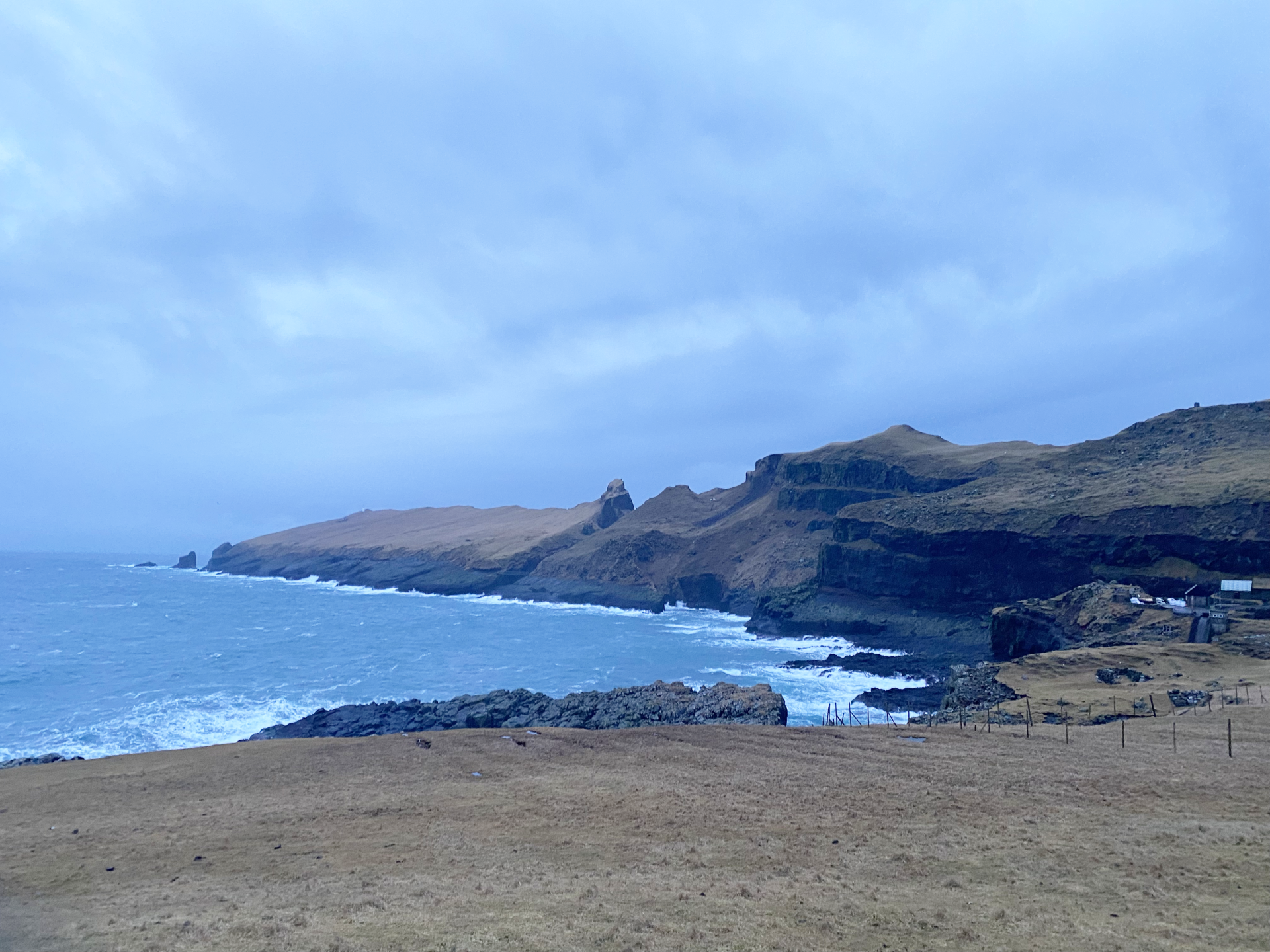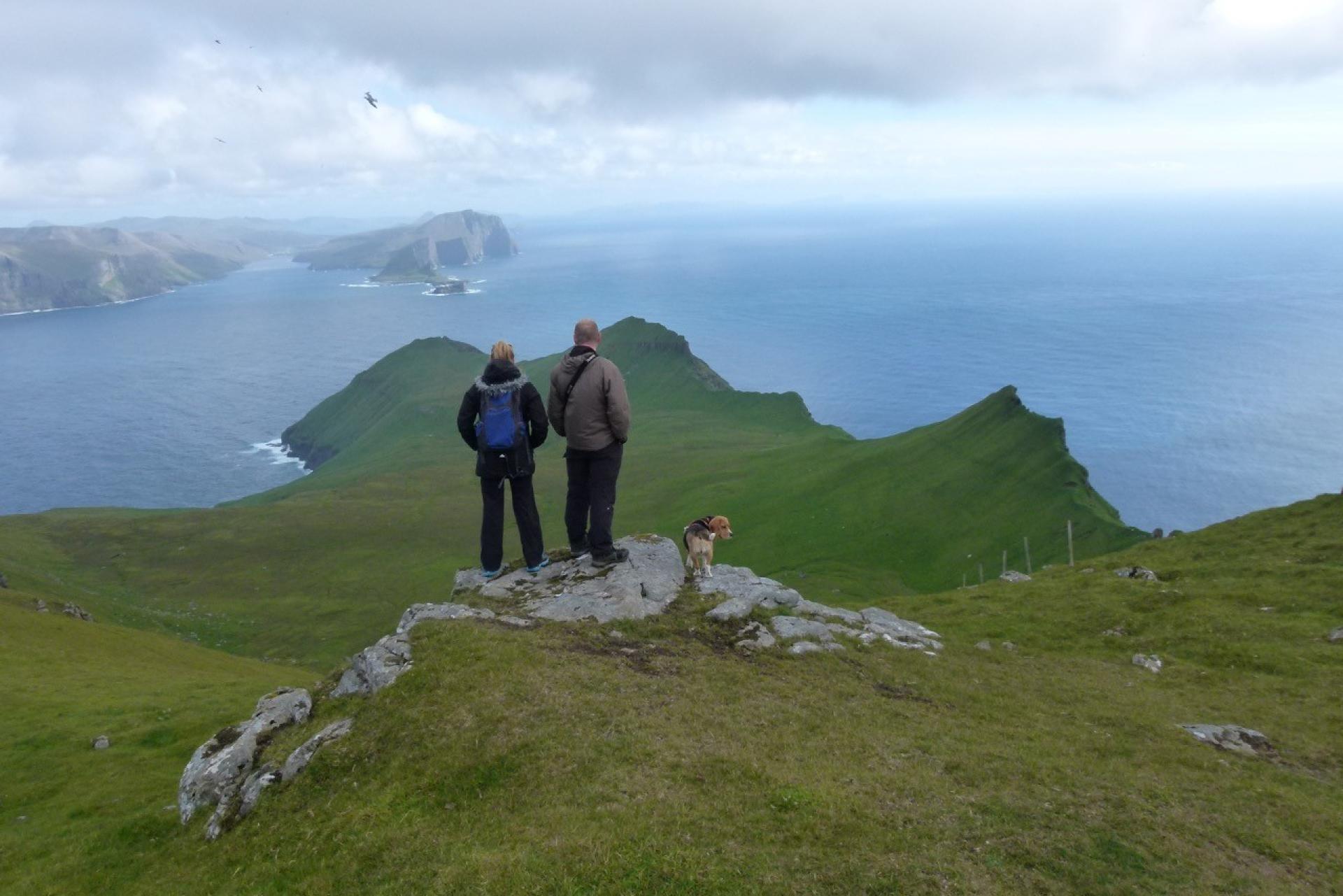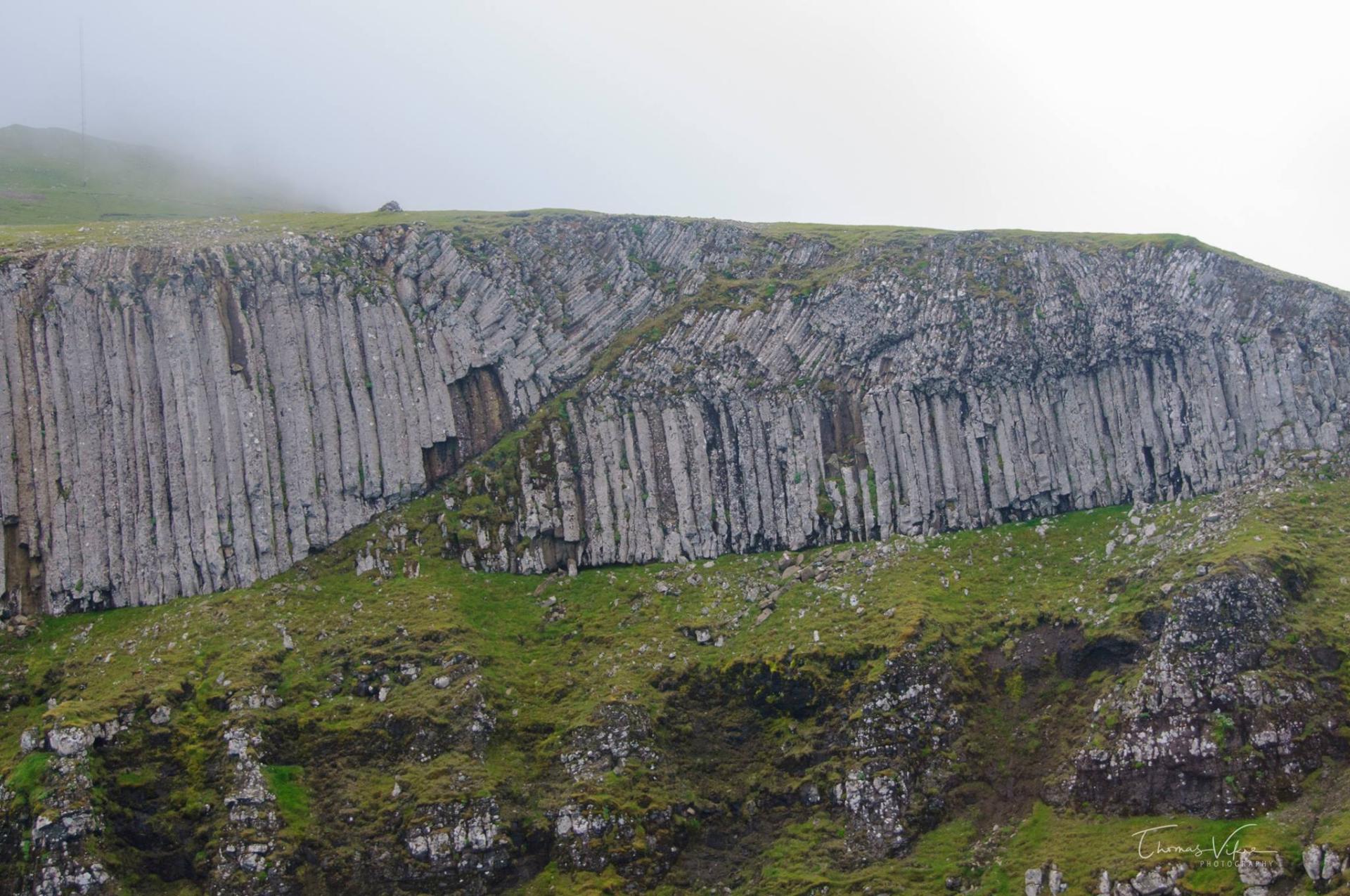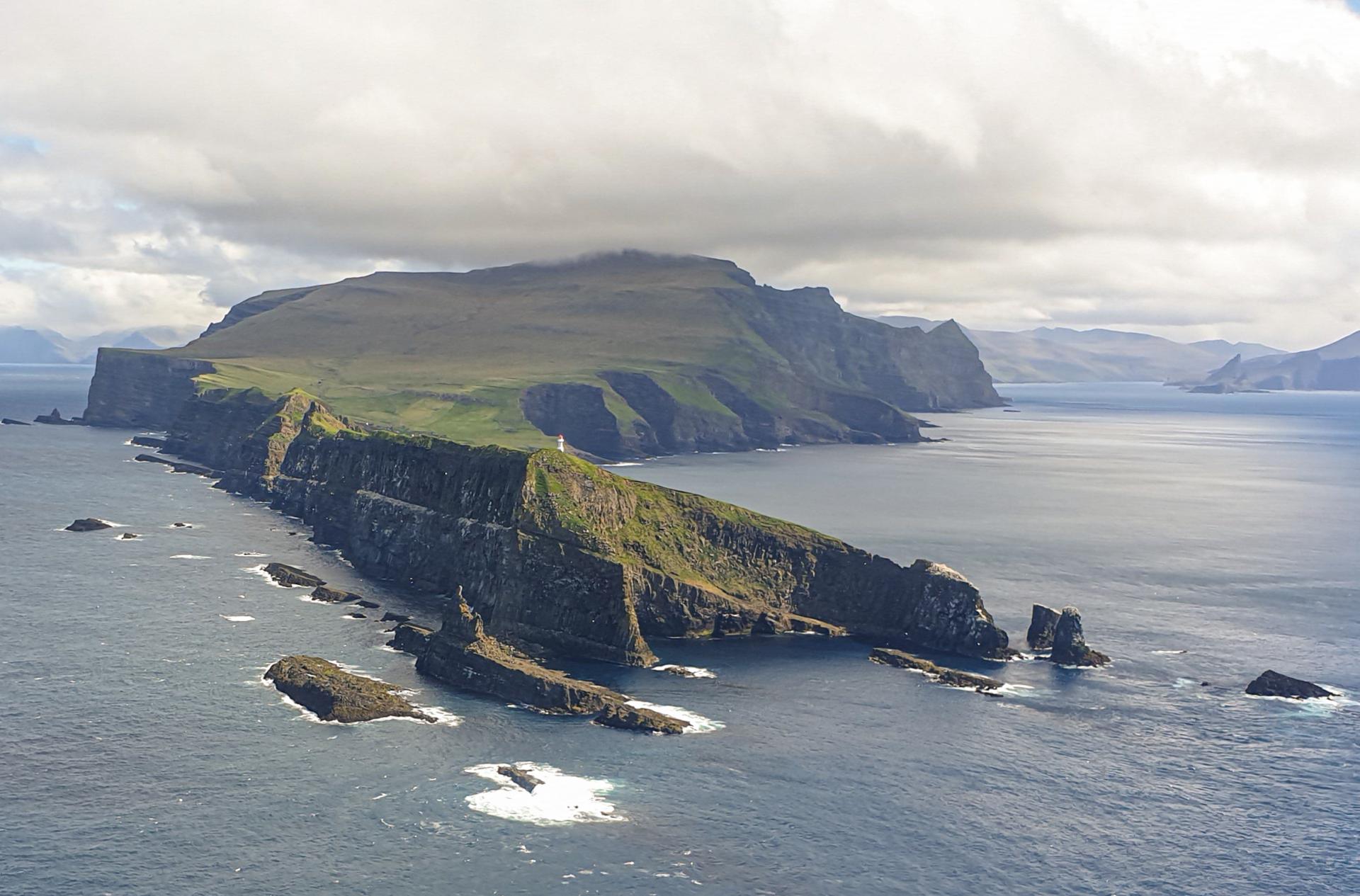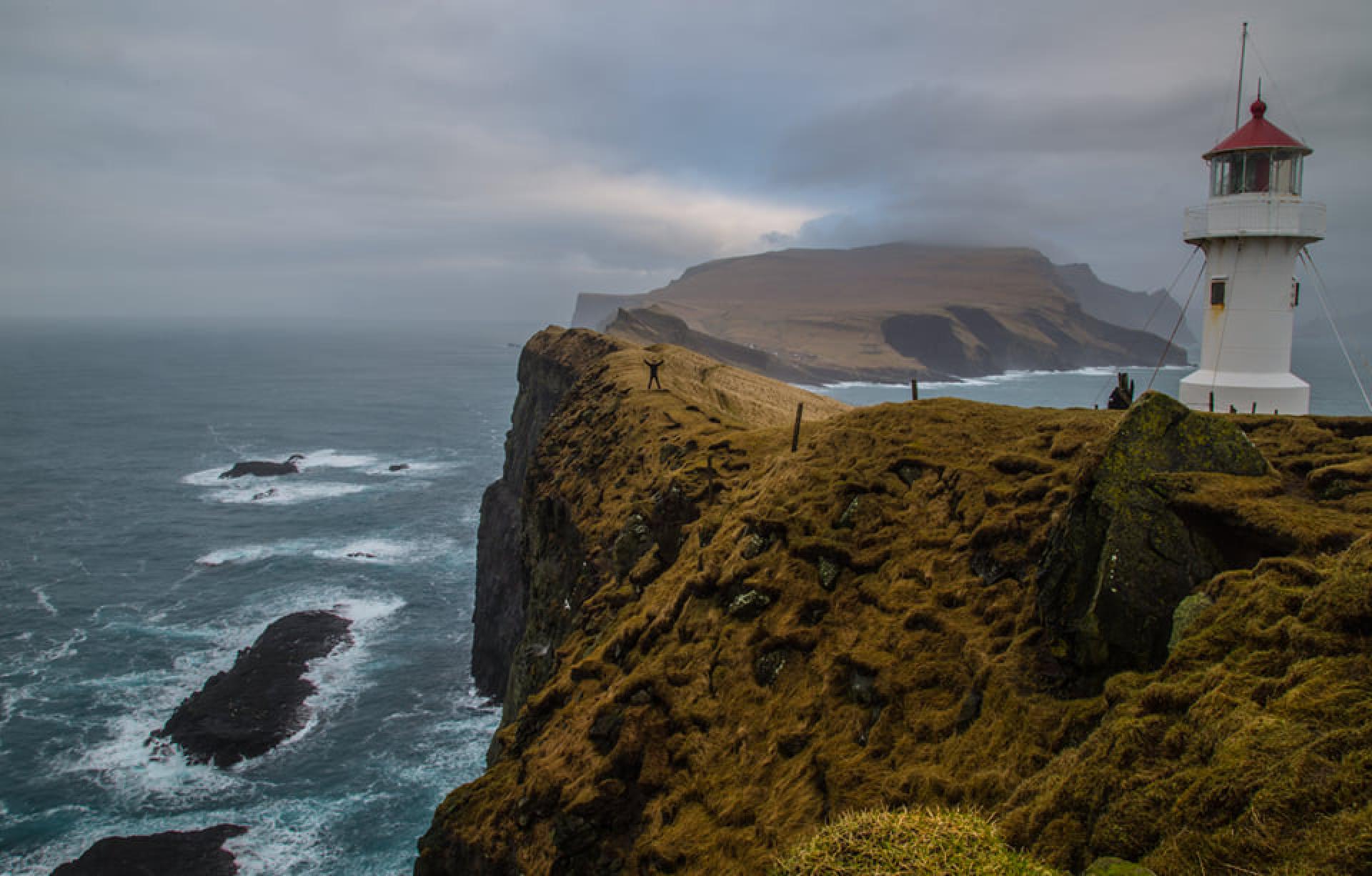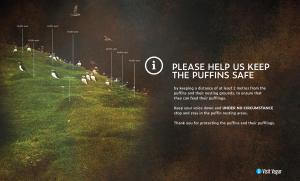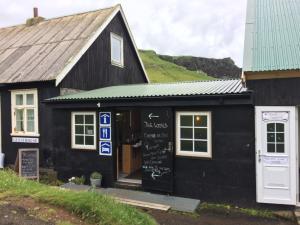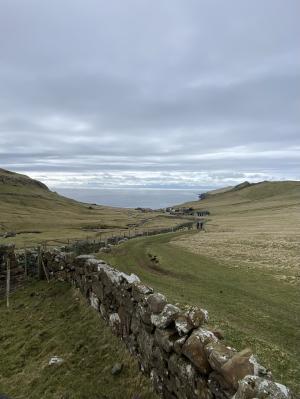Sightseeing on Mykines
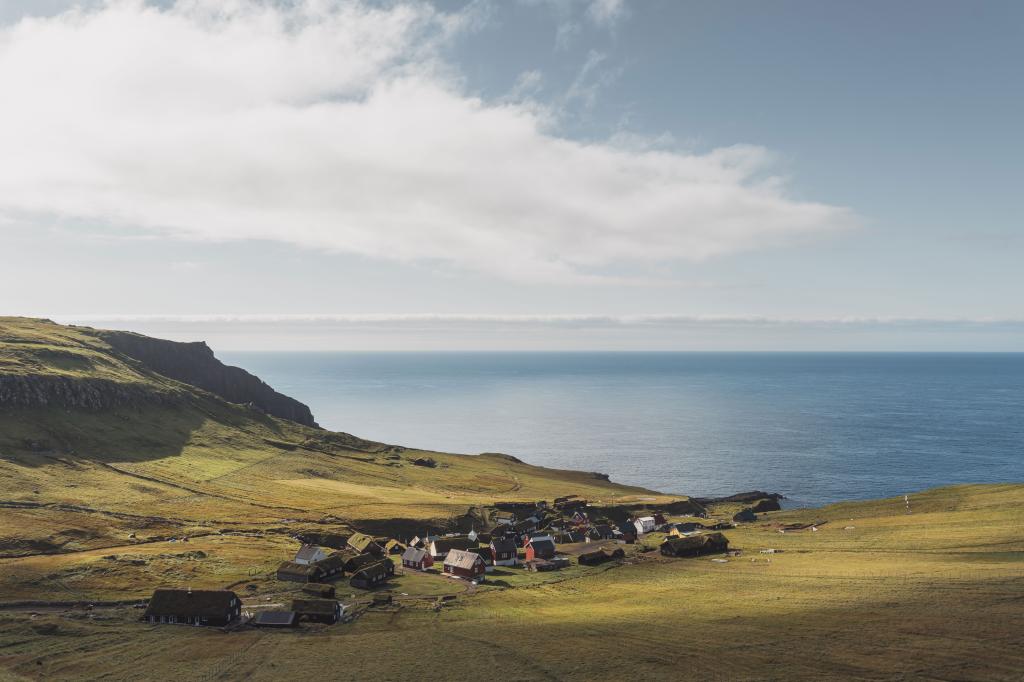
The village
The village of Mykines is the only village on the island by the same name. Although there are more than 40 houses in the village there are only 15 permanent residents (Dated 2023). Furthermore, for 6 months per year their only way out is by helicopter. With no grocery shop being on the island, the islanders rely on the helicopter to bring provisions to last them through the long winter. During the months of April and September the ferry sails three days a week. However, during the four months in summertime when the ferry sails out to the island twice a day, Mykines turns into a vibrant village that is bursting with life. It is a popular holiday destination for travelers from the mainland, and during summertime the number of residents drastically increases.
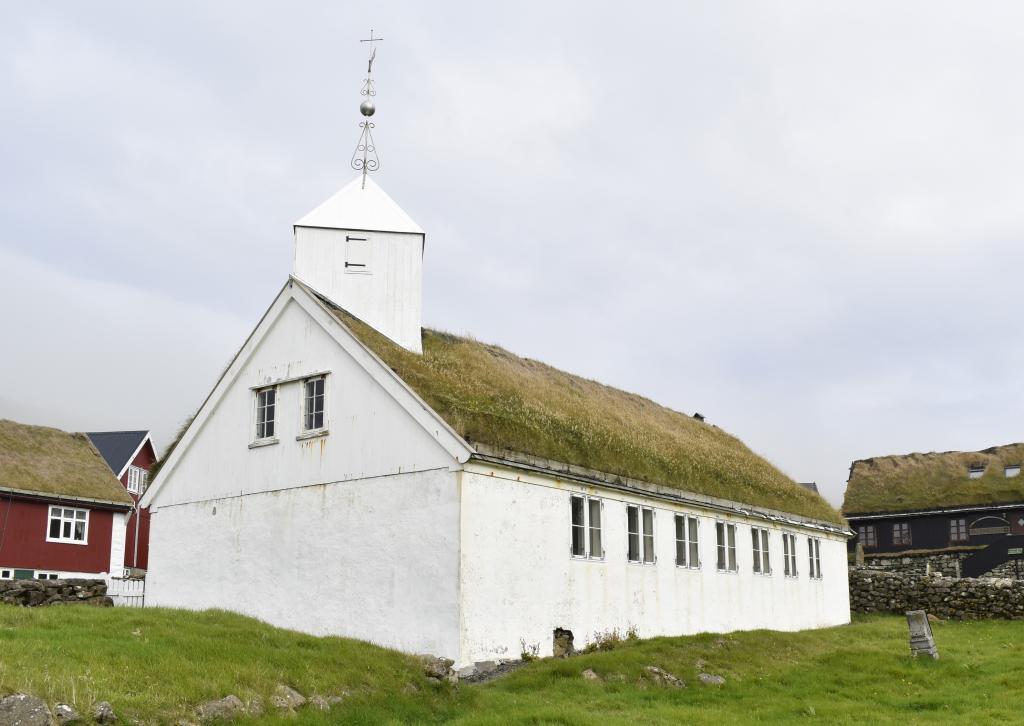
THE CHURCH OF MYKINES
Mortan Andressen built the church of Mykines in 1862. In 1877 the church was severely damaged due to stormy weather. The restoration process of the church was complicated and long in coming. Nevertheless, in October 1879 the church of Mykines was finally re-inaugurated by the priest Hjort. Since the restoration in 1879 the church has not undergone any major changes.
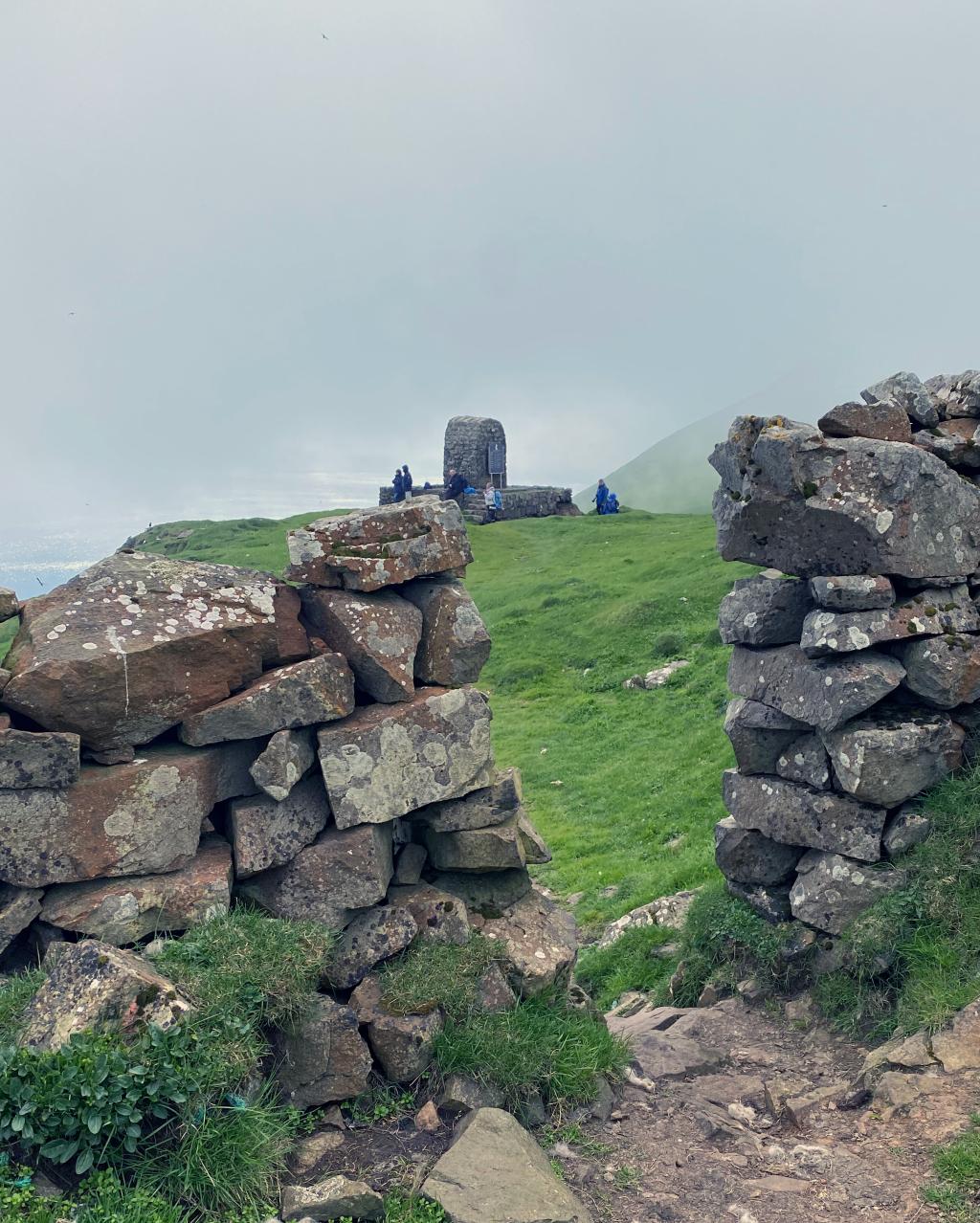
THE MEMORIAL MONUMENT
Uphill from the road to the village, past the stone fence on the top, you find the memorial monument. It was erected in the 1930s in memory of local men fallen in the mountains of Mykines or drowned at sea. The monument was never inaugurated in the time after it was erected due to, among other things, the Second World War. It was finally inaugurated in 2008 after a committee of locals took the initiative to renovate the monument and had a commemorative plaque done including 37 names of fallen men of Mykines. The monument is located near the Óli Rami viewpoint from where there is a great view of the cliff and skerries
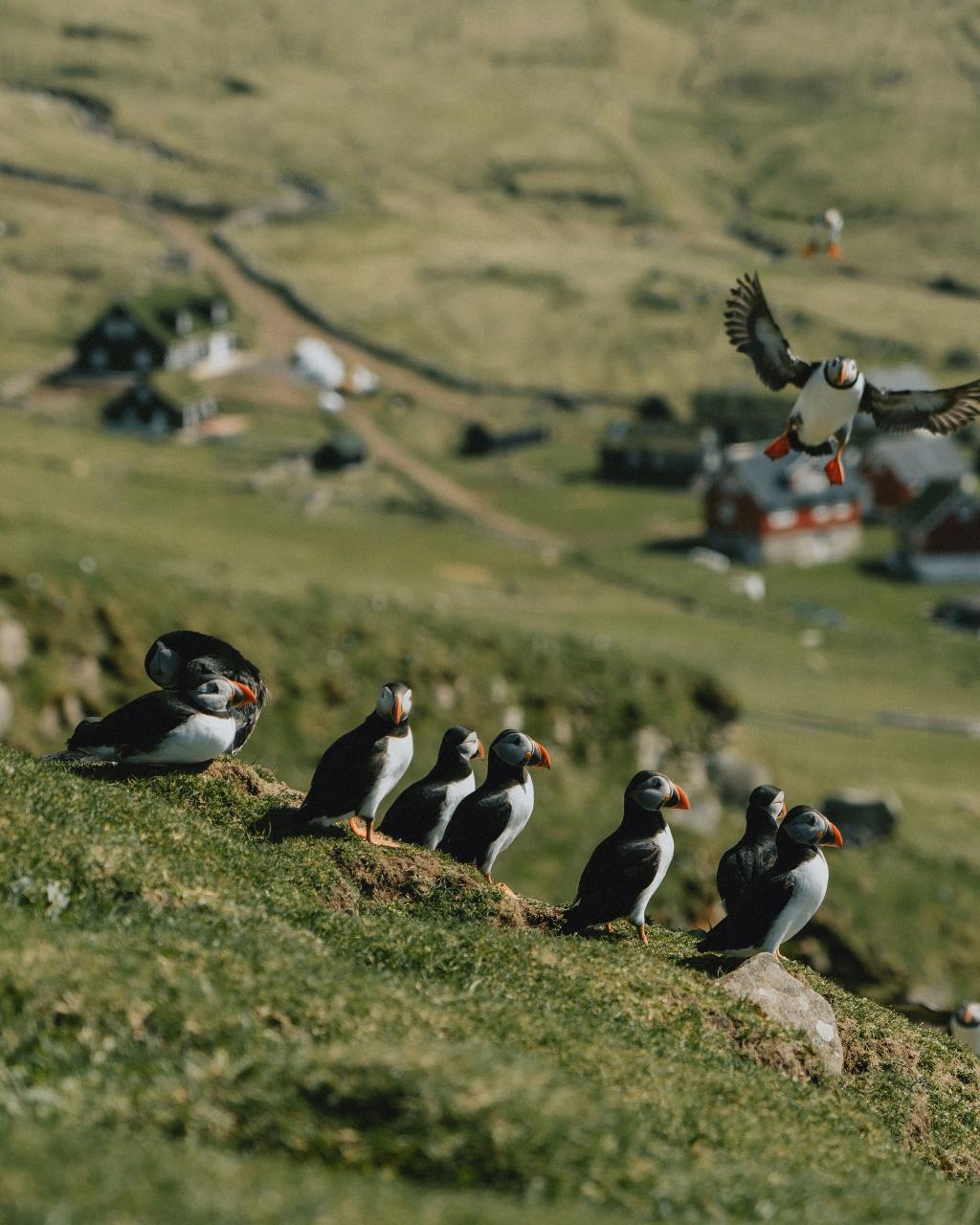
BIRDWATCHING AND PUFFINS
For birdwatchers, Mykines is a must see when visiting the Faroe Islands. It is difficult to get closer to the birds than when walking through the large colonies of puffins on the sea-facing hillside, passing cliffs filled with kittiwakes and gannets.
The puffins come to land late in April/beginning of May and by the end of August most the puffins have headed back to sea for the winter.

VIEWPOINT Á RÓGVU
By following the trail past the memorial monument, you will reach the viewpoint á Rógvu. From here you observe the rich birdlife and especially the large puffin colony in the area called Lamba. It is possible to observe the puffins up close as they have burrows in the ground just outside the fence around the viewpoint. You can enjoy the picturesque view of the lighthouse and the lighthouse keeper's house and some of the reefs around the island and see the footbridge that connects the island to the islet of Mykineshólmur.

VIEWPOINT KUMLAR
From viewpoint Kumlar close to the village it is possible to see the footbridge that connects the island to the islet of Mykineshólmur. From there you can also see the lighthouse and the sea stacks where Gannets nest and places known from the legend of three gifts for Mykines. In the cliffs close to Kumlar it is common to see guillemots and one can observe puffins swimming in the ocean.
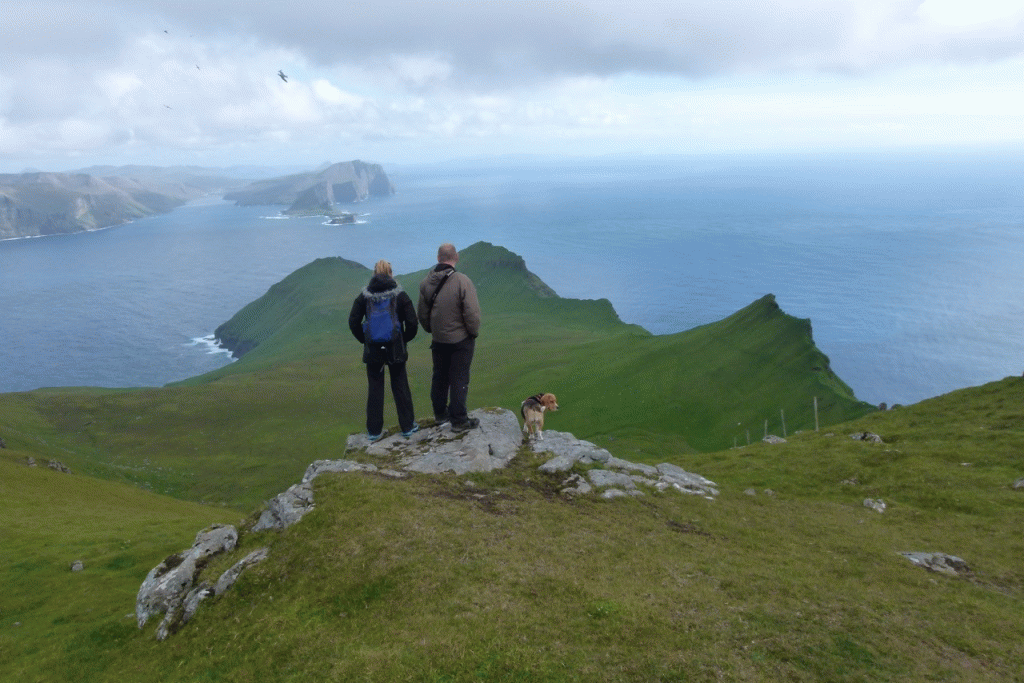
KNÚKUR
Mykines has two dales, Borgardalur and Kálvadalur, the dales are between a steep mountains side, where the highest mountain peak is called Knúkur. The peak is located 560 meters over the sea. On 26th of September 1970 a plane got lost on the way to Vágar airport, and crashed into the foggy mountain of Knúkur with 34 passengers on board. The people in the village acted quick. Those able to run up and help did, and one by one the survivors were carried down to the village. 8 people died in the crash. A stone monument, is located in Mykines church, commemorates the accident. A local Faroese guide is required in order to hike in the mountains of Mykines. Hiking to Knúkur is relatively easy and takes 4 hours.
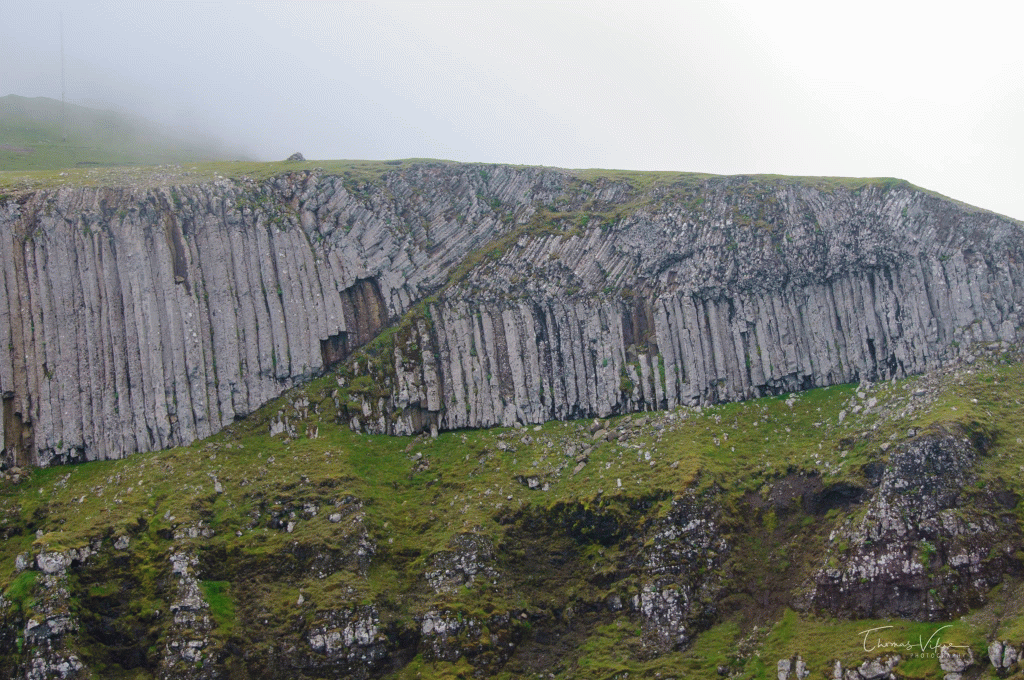
THE STONE FOREST
According to folklore, Mykines had a forest in ancient times. Back then the Faroe Islands belonged to Norway and so the King of Norway claimed taxes from the people. One of these taxes was a forest tax. In an attempt to get out of paying this tax, the people of Mykines lied to the king and told him there was no forest. Overnight the forest turned to stone and can now be seen as 55-meter-high columns of basalt towering Korkadalur on the north side of the island. A local Faroese guide is required in order to hike in the mountains of Mykines. Hiking to the Stone Forest is relatively easy and takes 4 hours.
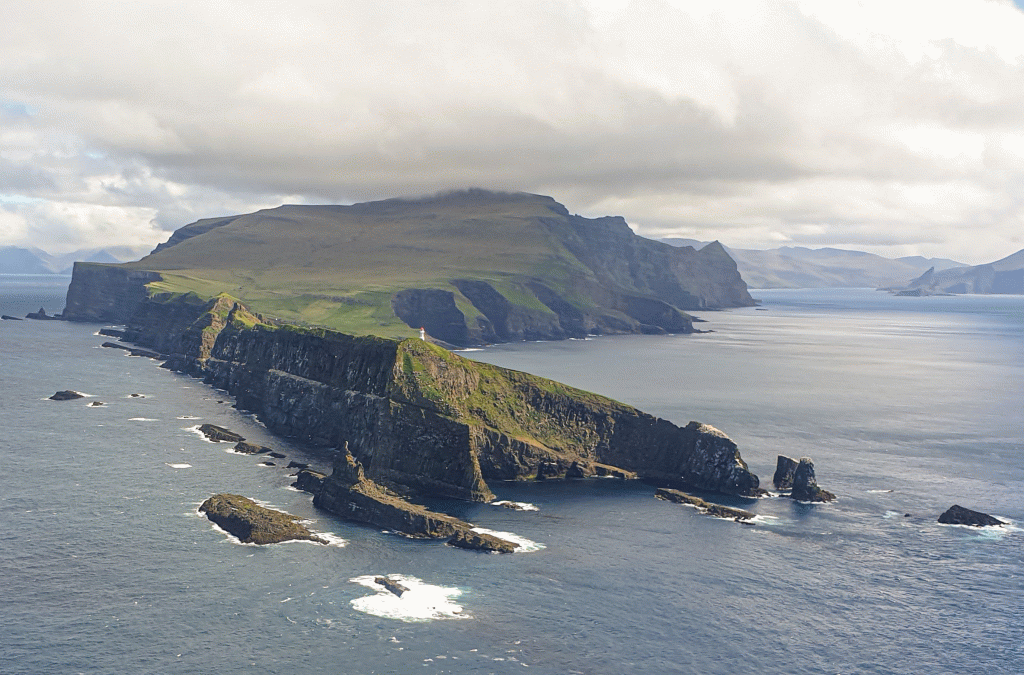
THE ISLET OF MYKINESHÓLMUR
West of the island of Mykines you will find the islet Mykineshólmur. It is the westernmost part of The Faroe Islands and rises 133 meters from the sea. The islet is connected to Mykines island by a 40m long footbridge 30 meters over the Atlantic ocean. The first bridge was built during the construction of the lighthouse. At the end of the islet lies the lighthouse, built in 1909. A large number of puffins, gannets and other birds inhabit the islet and this is the closest you can get to the fragile and sacred wildlife and nature – an otherworldly experience. It is also therefore very important to travel with care and caution in this area. It is not possible to hike to Mykineshólmur as it is closed to the public.
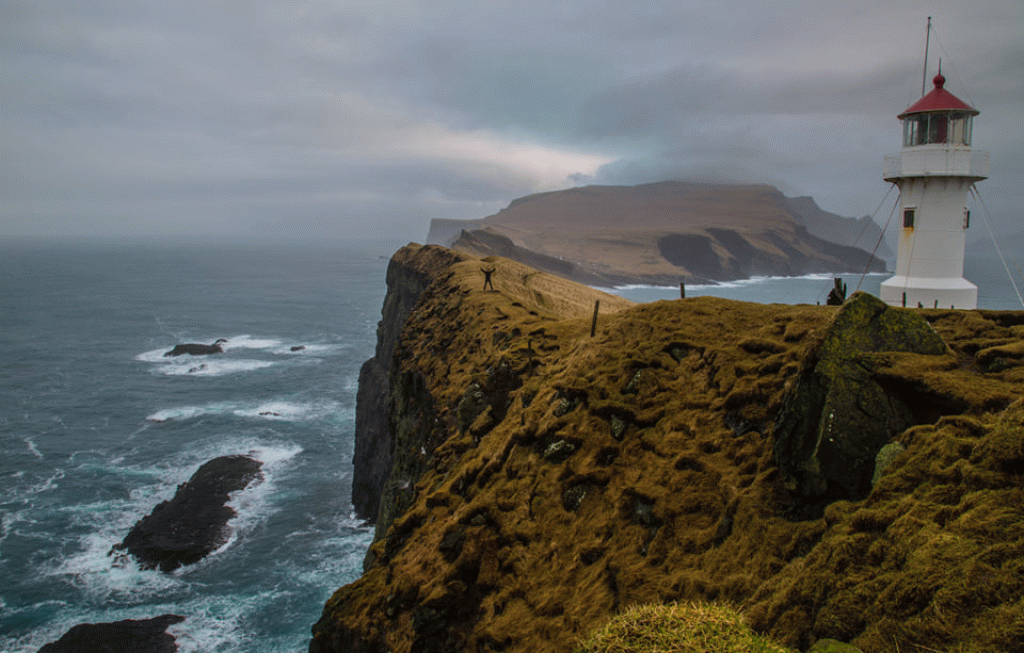
THE LIGHTHOUSE OF THE ISLET OF MYKINESHÓLMUR
In 1909, a lighthouse was built on the islet of Mykines. In addition to aiding ships navigating the waters, it also became a weather station, measuring temperatures and wind speeds. Alongside the lighthouse, a house was built for the lighthouse keeper. This is currently the only house on the islet, however, in the 1930's two more houses were built there, after which a community of up to 25 people lived on the islet, and even children were born there. During the winter, the children would be schooled at home, but during the summer they would hike back to the village to go to school. The area around the houses was used to keep a milking cow and chicken. On top of lighthouse duties, the staff would also occationally hold tasks for the University of Copenhagen, where they would observe the norhern lights. These days, only one house remains on the islet. The lighthouse is now automated, and therefore the job as lighthouse keeper in Mykineshólmur has been made redundant. One can will still see the three blinks every 20 seconds coming from the lighthouse. It is not possible to hike to Mykineshólmur and the lighthouse as it is closed to the public.
